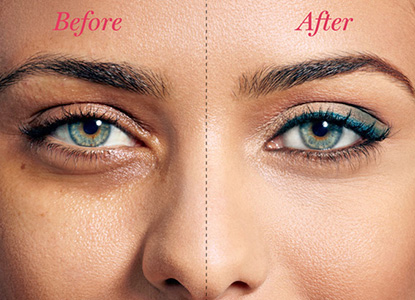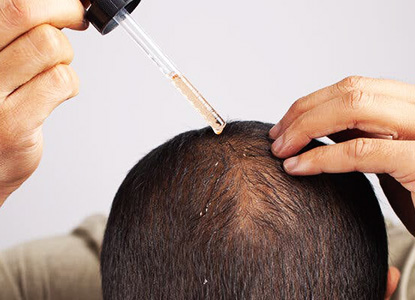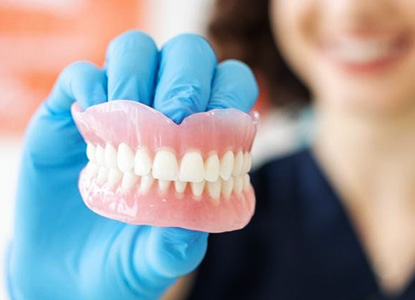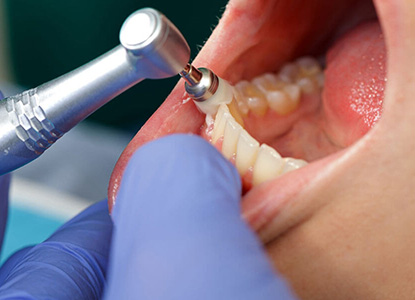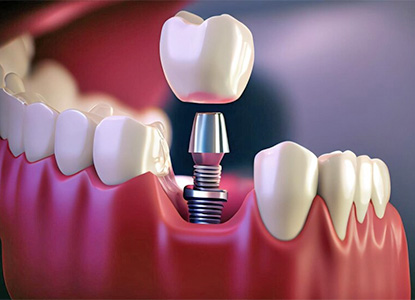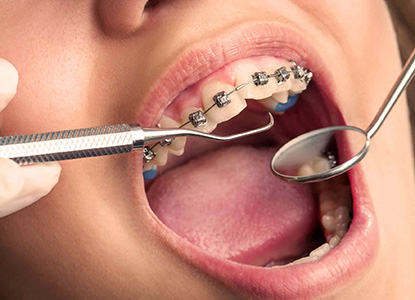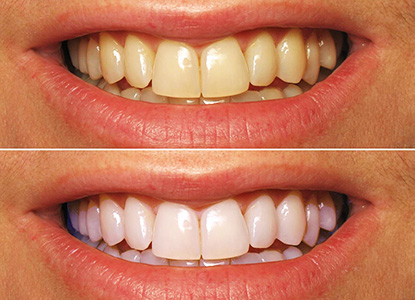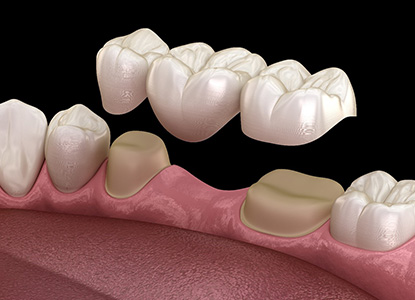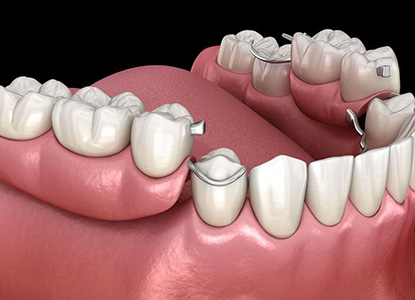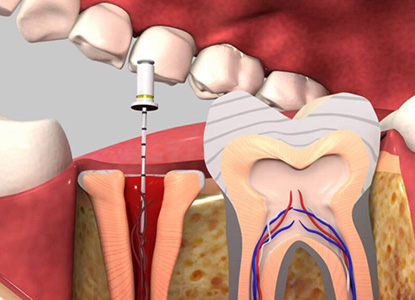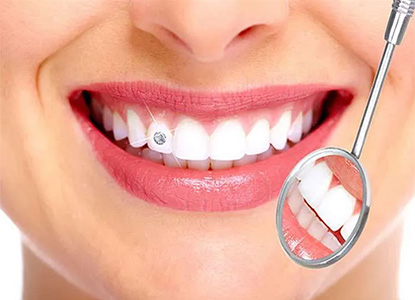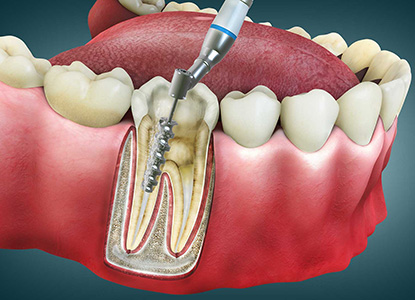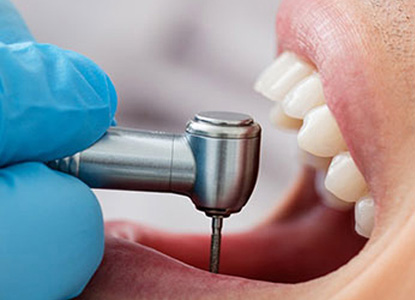
Restorative Treatment: What It Is and Why It is Important
Restorative dental treatment focuses on restoring the function, integrity, and appearance of damaged or missing teeth. Whether caused by decay, trauma, or age, restorative dentistry plays a crucial role in repairing and rebuilding teeth to maintain or improve your oral health. The goal is not only to enhance the aesthetic appeal of your smile but also to ensure your teeth are working properly for daily functions like chewing and speaking.
Types of Restorative Treatments
Fillings: One of the most common restorative treatments is a dental filling, which is used to treat cavities caused by tooth decay. The decayed portion of the tooth is removed, and the cavity is filled with a durable material such as composite resin, porcelain, or amalgam. Fillings restore the tooths structure and prevent further decay.
Crowns: Dental crowns are caps placed over a tooth to restore its shape, size, and strength. Crowns are often recommended when a tooth has been severely weakened due to decay or trauma. They can also be used to cover large fillings or to protect a tooth after a root canal. Crowns are made from various materials, such as porcelain, metal, or a combination of both, and are custom-made to match the natural color of your teeth.
Bridges: A dental bridge is used to replace one or more missing teeth. It consists of one or more artificial teeth held in place by crowns on the adjacent teeth. Bridges help restore the function of your teeth, prevent remaining teeth from shifting, and improve the overall appearance of your smile.
Dentures: Dentures are removable prosthetic devices that replace missing teeth. Full dentures replace an entire arch of missing teeth, while partial dentures replace a few missing teeth in an otherwise healthy mouth. Dentures are custom-designed to ensure they fit comfortably and look natural.
Implants: Dental implants are a permanent solution for replacing missing teeth. An implant is a titanium post surgically placed into the jawbone to serve as a replacement tooth root. Once the implant integrates with the bone, a crown, bridge, or denture is attached to restore the function and appearance of the missing tooth.
Root Canal Treatment: When a tooth becomes infected or severely decayed, a root canal may be necessary to save the tooth. During the procedure, the infected pulp inside the tooth is removed, and the tooth is cleaned, sealed, and restored with a crown. This treatment helps preserve the tooths function and prevents further complications.
Inlays and Onlays: Inlays and onlays are custom-made dental restorations used to repair teeth that have mild to moderate decay. Inlays are placed inside the tooth, while onlays cover the cusps or top part of the tooth. These restorations are typically made of porcelain or composite material, providing a durable and aesthetically pleasing solution.
Benefits of Restorative Treatments
- Improved Functionality: Restorative treatments help restore the functionality of your teeth, enabling you to chew, speak, and smile with ease and comfort.
- Enhanced Aesthetics: Restorative procedures can improve the appearance of damaged or missing teeth, giving you a natural, attractive smile.
- Prevention of Further Damage: By restoring damaged teeth, restorative treatments prevent further decay, cracks, or deterioration.
- Boost in Confidence: A healthy, restored smile can significantly boost your self-esteem and confidence.
- Prevention of Bone Loss: Treatments like dental implants can help preserve the jawbone and prevent bone loss, which can occur after tooth loss.
When Do You Need Restorative Treatment?
Restorative dental treatment is typically recommended when a tooth is damaged, decayed, or missing. Common scenarios that may require restorative treatment include:
- Cavities or tooth decay
- Broken, cracked, or chipped teeth
- Missing teeth due to injury or extraction
- Worn-out teeth due to grinding or aging
- Tooth sensitivity or discomfort








